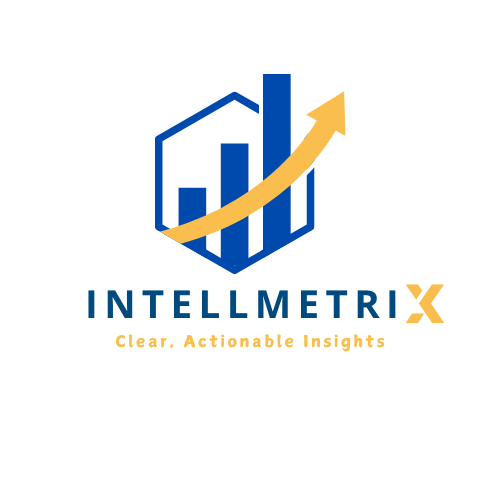Data Cleaning Essentials: Importance and best practices
One of the most challenging yet critical tasks in the field of data analytics is data cleaning. At IntellMetrix, we believe clean data is essential in decision making, as it relates to the quality of the resulting information. This is due to the fact that for any content to be useful, it requires to be accurate, reliable and appropriate; an end that the process of data cleaning helps to realize.
Let’s explore the key aspects of data cleaning:
-
- What is Data Cleaning? Key Concepts and Methods
- The Importance of Data Cleaning in Decision-Making
- Best Practices for Effective Data Cleaning
What is Data Cleaning? Key Concepts and Methods
Data cleaning, also known as data cleansing or data scrubbing, is the process of finding and correcting (or eliminating) incomplete, incorrect, inaccurate, or irrelevant parts from the data set. Sometimes it involves the following methods:
Removing Duplicates
Analysis is disturbed and wrong conclusions are made if duplicate entries are present. So, duplicates should be identified and deleted.
Handling Missing Values
Datasets that are not complete or missing a lot of values and records for the feature are not rare in real life. Missing observations or constituents may be handled through imputation (insertion of observed or reasonable numbers into empty spaces) if the situation allows it, deletion of records or by applying specialized algorithms which can handle missing values.
Correcting Errors
This covers typos and other mistakes, standardization of data structures, or any inherited data sets that are inconsistent.
Detecting outliers
Outliers in data analysis require special attention as they can lead to incorrect results. Outliers are the common mistakes where by, the given values are either too high or too low in general. For instance, the column of age of a given person is equal = 300 years old or -29. This is strange and it indicates outliers. There are different methods to handle outliers, the common one is Interquartile Range (IQR).
Validating Data Accuracy:
While there might be a common mistake during data collections, Ensuring that the data collected aligns with reality is fundamental. Now that we understand data cleaning in detail , let’s examine why it’s so crucial for effective decision-making in organizations.
The Importance of Data Cleaning in Decision-Making
Data cleaning is crucial. In the course of performing various analyses, the decisions being made in organizations are based on clean data provided to them. There are a number of reasons as to why it is important to clean data:
Better Decision Making
Accurate data is a prerequisite for undertaking strategic decisions for the business.
Boosted Productivity
Further activities of the analysts are spent less on fixing errors and more on interpreting data obtained from clean datasets.
Enhanced Credibility
Clean data mix enhances the confidence of stakeholders towards analytical results making the company more credible.
Reduction in Costs
Organizations can incur costs associated with the rectification of the mistakes by employing timely effective data cleansing techniques. Understanding the importance of data cleaning naturally leads us to the question: How can we implement it effectively? Below are proven best practices that can help your organization maintain high-quality data:
Best Practices for Effective Data Cleaning
To successfully clean your data set, you may want to start with these tips:
Implementing Data Management Standards
Organize data management within the company by assigning different roles and responsibilities related to data.
Seek Help
Use data cleaning tools and software to cut down on human error as well as improve speed.
Regular Data Maintaining
Regularly review your datasets on the regular basis for spotting new issues so that they don’t grow larger in future.
Standard Operating Procedures
Would be important for maintaining documentation about how various data cleaning procedures were performed to enable their consistent reproduction.
Develop a Policy
Ensure every team member working with data understands its importance and possess the skills to perform cleaning processes proficiently.
As an example, we are aware that technology has a great importance in automating areas of data cleansing in any organization, but what can’t be replaced and automated is going to be human interaction which is still essential in data cleansing and analyzing.
Technology plays a vital role in automating data cleaning processes, but human oversight remains irreplaceable. Our expertise and judgment are essential for both cleaning and analyzing data effectively.
Quality data management isn’t just a checkbox – it’s an ongoing commitment that drives accurate analytics and better business decisions. By prioritizing data quality, you position your organization for success in today’s competitive landscape.
Ready to enhance your organization’s data management capabilities?

nice blog!
Thank you so much, jackson